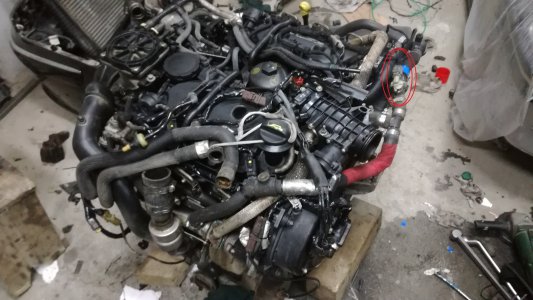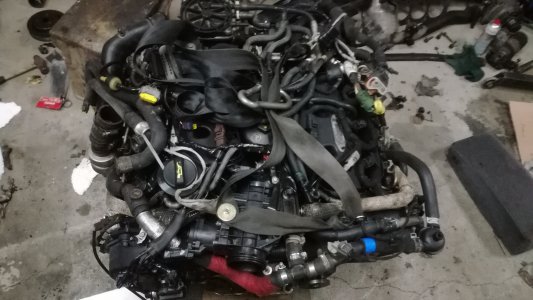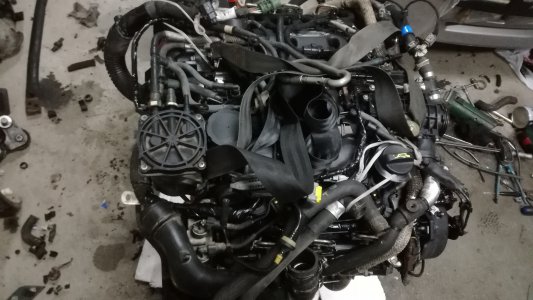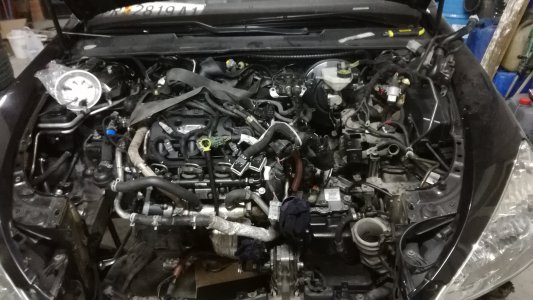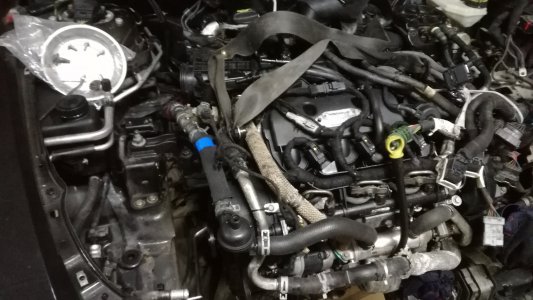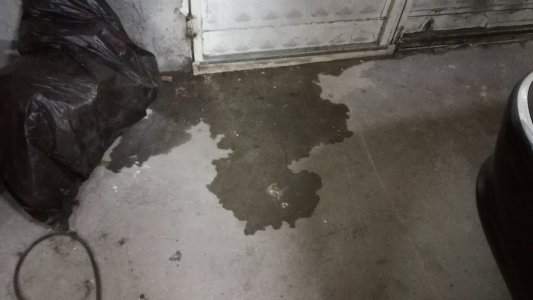- Joined
- Nov 15, 2016
- Messages
- 943
I've only just seen this and would like to thrown 2 cents in. From the 1st post
" the first 50km was fine but then temp gauge started to drop and engine oil temp went up "
Most engines have the temperature gauge in the wrong place which is at the top of the engine. What happens if you have a leak is that the coolant level drops and leave the temp. sender dry. It will still work though as the remaining coolant boils off as pressurised superheated steam maintaining a reading which will read low then drop completely,(usually shortly before seizure).
The oil temperature rise,(if you have a gauge ),is a dead giveaway as the oil is absorbing extra heat that the coolant would normally remove.
If you have a leak in the cooling system and it is internal and you have to run the vehicle that is the only time I would advocate running without a pressure cap and you have to watch that temp. gauge and top up frequently.
Whenever I build up a water cooled engine I relocate the temperature gauge to the bottom radiator tank and fit a level sensor connected to a buzzer where the original temp. sensor used to be.
There are operators, drivers and steerers in the commercial sector. That we should ever be so blessed as to have a fleet worked by operators.
" the first 50km was fine but then temp gauge started to drop and engine oil temp went up "
Most engines have the temperature gauge in the wrong place which is at the top of the engine. What happens if you have a leak is that the coolant level drops and leave the temp. sender dry. It will still work though as the remaining coolant boils off as pressurised superheated steam maintaining a reading which will read low then drop completely,(usually shortly before seizure).
The oil temperature rise,(if you have a gauge ),is a dead giveaway as the oil is absorbing extra heat that the coolant would normally remove.
If you have a leak in the cooling system and it is internal and you have to run the vehicle that is the only time I would advocate running without a pressure cap and you have to watch that temp. gauge and top up frequently.
Whenever I build up a water cooled engine I relocate the temperature gauge to the bottom radiator tank and fit a level sensor connected to a buzzer where the original temp. sensor used to be.
There are operators, drivers and steerers in the commercial sector. That we should ever be so blessed as to have a fleet worked by operators.


